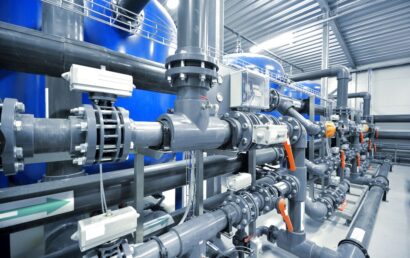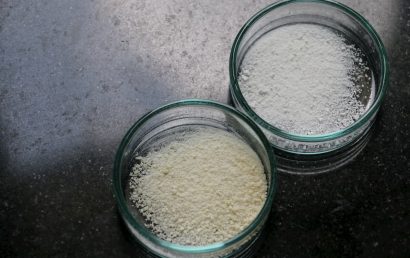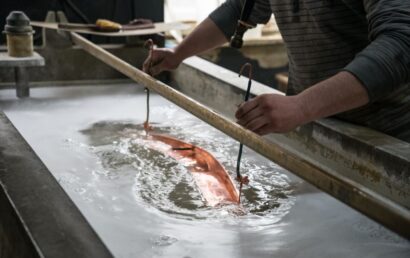Will Metallized Protective Coatings Help Your Business?
In order for a business to be successful, everything must fall into place and run as smoothly as possible. Obviously, this isn’t always the case. But it’s certainly something to strive for and offers good results when all things work together flawlessly. Things can be slowed down considerably, however, when structures experience heavy wear and corrosion. Is this a problem in your industry or for your business? If you have a problem with heavy wear and corrosion, metallized protective coatings could be the answer you’ve been hoping for. If you’re not familiar with this option, rest assured… we’re going to explore metallizing in the paragraphs below.
How does metallizing work? Should you consider getting metallized protective coatings for your business? Let’s find out.
The Purpose and Function of Metallizing
Relevant to any number of industries, within thermal spraying, one specific process is known as metallizing. When a metal coating material is distributed across a surface, a coating is formed. This is thermal spray. It offers numerous advantages including greater protection against the following:
- Corrosion
- Rust
- Erosion and more
How does it work? Typically, melted in a combustion chamber, metal wire solidifies instantly on the surface onto which it is applied. Here are the basics:
- The process starts with a solid material.
- This is propelled onto a substrate (surface, part, component, etc.) after being liquefied and atomized.
- A bonded coating forms when it re-solidifies.
Millions of overlapping particles are involved in this process so that the sprayed metal forms a buildup when coated onto a steel structure.
Metallized Protective Coatings Used in Numerous Industries
Primarily, metallizing is commonly used for/in the following industries/applications:
- Bridges
- Treatment and transition facilities
- Wastewater and water storage
- Wind towers
- Process facilities
- Gas and oil transmission
- Various other steel structures
The benefits of metallizing are extensive and can include the following:
- Protects against extreme temperatures.
- Used around the world for nearly 100 years, it stands the test of time.
- To make a uniform coating, it can be controlled evenly in the process.
- No hazardous waste or volatile organic compounds involved, so it is earth friendly.
- Can resist abrasion.
- Nonporous.
- Impermeable.
- Reduces the need for frequent blasting and painting because, compared to paint, it lasts 10 times longer.
- Prevents rust.
- Compared to regular paint coating, offers quick application.
- Protects against corrosion
What Is Used in Metallizing?
Most commonly used in metallizing are aluminum and zinc. During galvanization, both zinc and aluminum-based metallizing protects coating. Strong substance adherence is possibly the most essential characteristic of a metallizing process that is successful. Only when the surface is properly prepared, however, can that happen. An absolute clean surface is crucial to minimize flash rusting. That means vacuuming (cleaning) and metallizing on the same day.
In recent years, for long-term protection, advanced technology has made field metallizing a cost-effective, viable approach. Today, arc spray and twin wire metallizing systems are offered by many thermal spray companies. Most are capable of high production field applications of alloy-based metallizing, aluminum, or zinc. A&A Coatings ranks highly among today’s thermal spray companies.
Where Can You Go for Metallized Protective Coatings?
To carry out metallizing processes, we at A&A Coatings, have a vast array of equipment and thermal spray methods. With our 70+ years of experience, huge inventory of materials from which to choose, and knowledgeable technicians, we can meet and exceed all of your coating needs. Call or email us today to discover how metallized protective coatings, or other types of coatings, can help reduce costs and improve your business’s bottom line!



